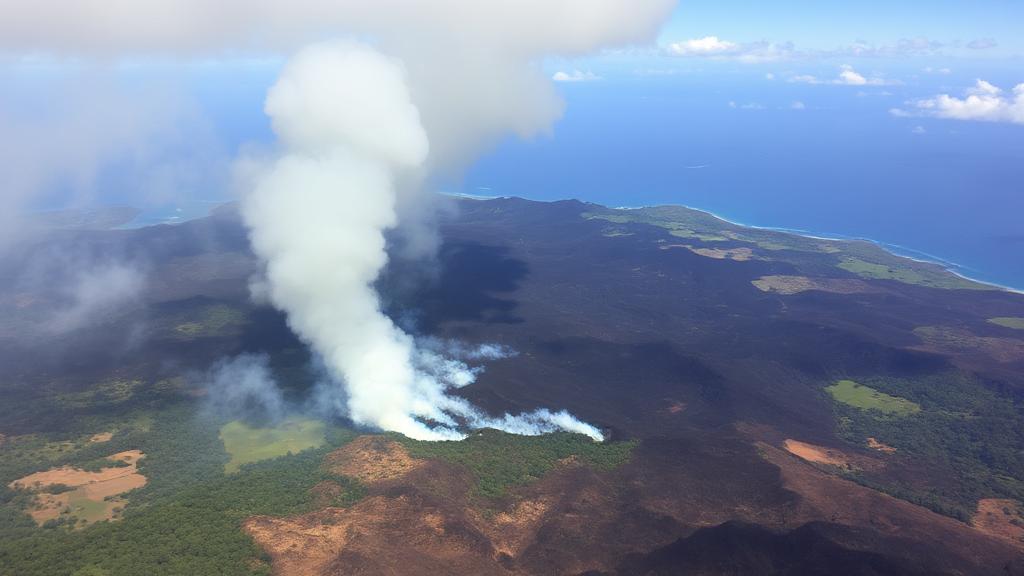Recent Fire Incidents and Current Status
The island of Maui is experiencing one of Hawaii's worst natural disasters, with multiple active fire zones affecting various regions:
- Lahaina Fire: Approximately 85% contained, causing the most destruction
- Upcountry/Kula Fire: Roughly 65% contained, with firefighters making progress in challenging terrain
- Pulehu/Kihei Fire: Largely contained, though crews monitor for hotspots
Casualties and Impact
Human Impact
- Over 100 confirmed deaths
- Approximately 11,000 displaced residents
- Dozens of reported injuries
- Fluctuating numbers of missing persons
Property and Environmental Damage
- More than 2,200 structures destroyed
- Estimated billions in damage
- Historic Lahaina town largely decimated
- Wildlife habitats threatened
- Compromised air quality affecting residents, especially those with respiratory conditions
Response and Recovery Efforts
Emergency Services
- Ongoing search and rescue operations
- Emergency shelter operations
- Medical services at multiple locations
- Military support providing resources
Firefighting Teams and Prevention
- Local fire departments collaborating with state and federal agencies
- Helicopters and ground crews deployed
- Creation of firebreaks and controlled burns
- Community volunteers assisting operations
Resources and Support
Emergency Contacts
Verified Organizations Accepting Donations
Online Resources
- FEMA Disaster Assistance
- Hawaii Emergency Management Agency
- Maui County Emergency Updates
- Hawaii News Now
Access and Safety Measures
"Please respect restricted areas and follow official guidance. These measures are in place for public safety and to preserve the integrity of ongoing operations." - Maui Emergency Management Agency
Restricted Areas
- West Maui access limited to authorized personnel
- Lahaina town remains closed to the public
- Checkpoints established on major access routes
Long-term Recovery Initiatives
Infrastructure and Planning
- Infrastructure rebuilding strategy development
- Environmental impact assessments
- Cultural site preservation efforts
- Economic recovery planning
- Reforestation and habitat restoration
Support Guidelines
- Monetary donations preferred over goods
- Verify legitimacy of charitable organizations
- Follow official channels for volunteer opportunities
- Share accurate information from reliable sources
The situation remains dynamic, with conditions subject to rapid change. Residents and visitors should stay informed through official channels and comply with all emergency directives.
